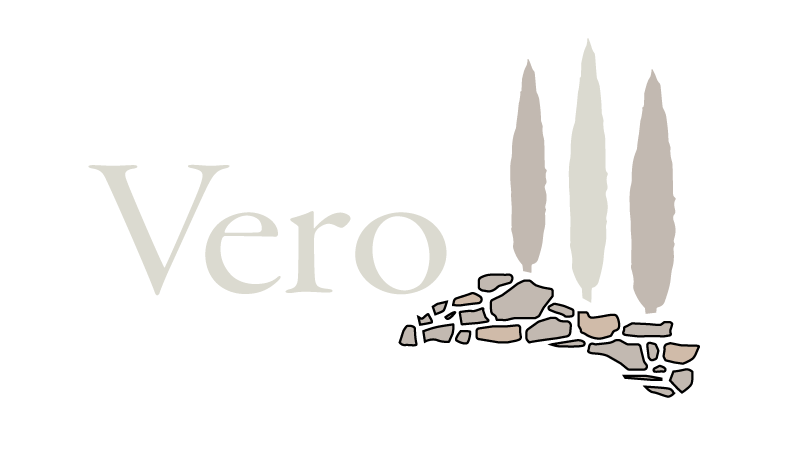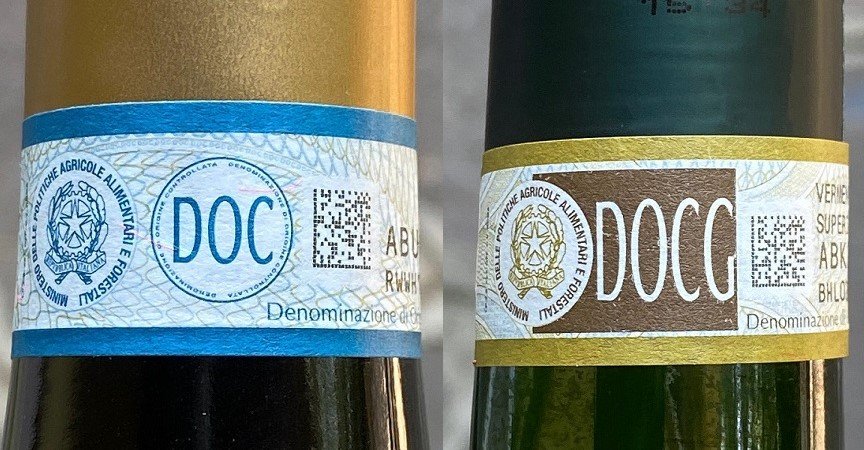Your Simple Guide to Buying Italian Wine
It’s something we hear over, and over again “Italian wine is so hard to understand!” - “Please help me cut through the gunk and buy well!”
Let me first say, there’s excellent value in every Italian wine category and Vero is here to help you navigate it.
Bookmark this post or perhaps go old-school and print this article, keep it in your purse or wallet so that you can reference it next time you’re buying vino Italiano.
And remember, let’s try not to take ourselves too seriously!
Here we go - your Simple Guide to Navigating Italian Wine below.
Quick Cheat Sheet:
Need to impress with zero guesswork? BUY: DOCG (Denominazione di origine Controllata e Garantita)
Examples: Barolo, Barbaresco, Brunello, Chianti Classico, Franciacorta, Prosecco from Valdobbiadene, or Sagrantino di Montefalco
Looking for a classic staple without breaking the bank? BUY: DOC (Denominazione di Origine Controllata)
Examples: Langhe Rossos like: Barbera, Nebbiolo and Dolcetto, or Valpolicella Classico, Prosecco, Rosso di Montalcino
Want to discover the underrated wine world of Italy? BUY: IGT (Indicazione Geografica Tipica)
Examples: Umbria, Lazio, Marche, Liguria, Abruzzo
The first thing you need to know is IGT, DOC, and DOCG are all part of the Italian wine classification system, which protects growing areas and quality levels around Italy. Each classification (IGT, DOC, DOCG) follows a set of laws. The more prestigious the classification, the more intense the panel of testing and requirements are (minimum months required for aging prior to commercial release, oak barrel usage, quantities produced, etc). DOCG is the highest tier within the system and is reserved for some of the greats like: Barolo, Barbaresco, Brunello, Chianti Classico, and the Sagrantino di Montefalco - to name a few.
It’s a misnomer that when you go from DOCG down to DOC the quality suffers greatly. While this may be true in some instances, DOC status holds the largest amount of surface area throughout Italy and is where many well-produced Italian wines sit.
I’ll admit, it can be hard navigating this category, but if you start to pay attention to your purchases (i.e. whether you enjoyed them or not, then you’ll start to find your way).
Remember, it’s only wine - let’s have some fun and start buying out of your comfort zone, rather than your budget.
Throughout Italy, the new generation of winemakers are really stepping things up: minimising pesticide use, adding fewer sulphites, colouring/flavouring, and are really producing gorgeously fresh wines made thoughtfully with our future and our health in mind.
Yes, there are young winemakers everywhere throughout Italy and fall within every category (IGT, DOC, DOCG), but a place where you can find some excellent value is in the IGT class.
Yes, IGT has some expensive wines in its category too - aka: Super Tuscans who first decided to declassify their wines in order to experiment and make wine in a way they wanted. They did this in order to use grapes they wanted and pushing boundaries in order to step out of the Vino da Tavola category. Leaders in this movement were and still are world-renowned names like: Tenuta San Guido who makes the famous Sassicaia Super Tuscan blend and Marchesi Antinori who produces their signature Tignanello.
With the exception of some big names and regions around Italy under the IGT status - there can be some exceptional value and discovery here. In the Super Tuscan case - the grapes used are international varieties, not originally hailing from the areas they now thrive in (i.e. Cabernet Sauvignon and Merlot).
Quite often, however, the grapes grown and made in these areas have a more local and humble history, making wines originally to solely sustain their families or townships. Many of the grapes may be unheard of to you because they are truly indigenous varieties (explore regions like Abruzzo, Marche, and Umbria). IGT wines from these regions can often be diamonds in the rough and made from winemakers who are innovative, forward thinking, investing in land that will perhaps one day gain DOC or DOCG status. Or not - they’re happy where they are: making grand wines in an authentic way.
So how do you sniff these out? Look for wines retailing at least over $20 USD. If you really want to discover a winemaker on the rise then I’d recommend stretching to $25-$40. If you’re dining out - then double that.
Of course, if the budget is lower on that given day - finding an IGT under $20 is absolutely possible and will still get you some excellent value. I’d recommend looking for an Umbrian Rosso (red blend) or Bianco (white blend) IGT or DOC under $20 or something from Lazio in the same category. When you start to buy from larger producing regions like Veneto and Friuli in the sub $20 category, quality can often be faulty and you will be taking a bit of a gamble.
A Few Quick Tips:
Don’t be afraid to ask for help from the bartender, shop owner, or sommelier. They’re knowledgeable and most likely very excited to impart their wisdom.
Find a local shop you trust. Go in - introduce yourself and tell them that you’re starting to learn more and would like to shop and consume more curiously and thoughtfully. They’ll be impressed. Be honest about your average budget - they won’t judge you - and if they do, then move on - find someone else to give your money to.
Try not to pick your wines based on the label anymore - I know, the labels are getting more clever by the year, but take a second glance, flip the label over - find the address on the back label, put it into google and discover where the wine was made. Do a quick search right there - what grapes grow in _____ area of Italy. Ok, now if the grape varieties aren’t written somewhere on the label you can take a guess that the wine is made from some of the grapes you’re reading about now on trusty ol’ google.
Try to find the producer’s website - oftentimes they’re now in english and have so much information about the winemaker, their winemaking practices, and even a full description of the wines they produce.
When you start to make informed buying decisions, you’ll begin to awaken something within - something that’ll soon have you longing for the Italian Countryside - perhaps on a day tour with Vero, meeting our off-the-beaten path producers and connecting first-hand with the land and its producers. Explore Vero Experiences here.
Remember to save this post for all your Buying needs!
In Bocca al Lupo (basically - break a leg/or best of luck) and let us know how you go.




